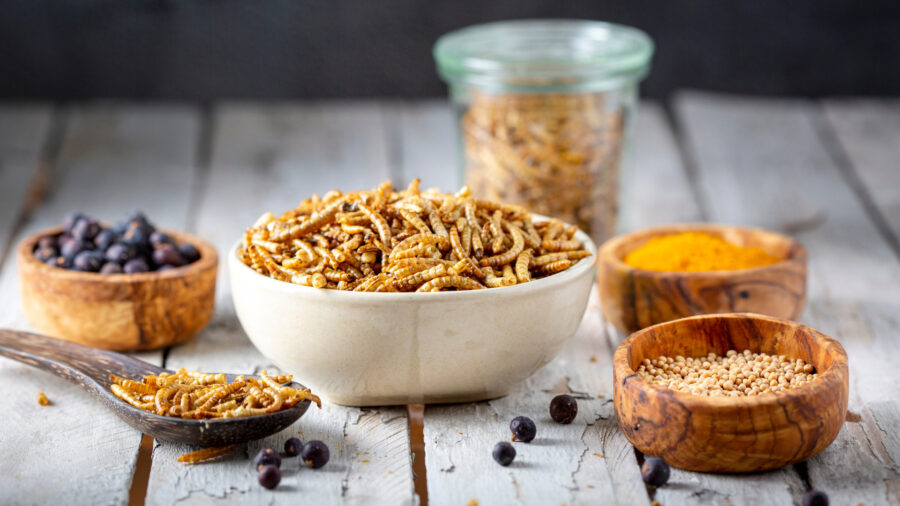Retail Opportunity: Private Label Wins Heading Into 2025
The private label category continues to enjoy seismic growth, slated to reach 24% by 2030. In a recent webinar, stakeholders discuss why the category has endured success, and what’s ahead in 2025.
































